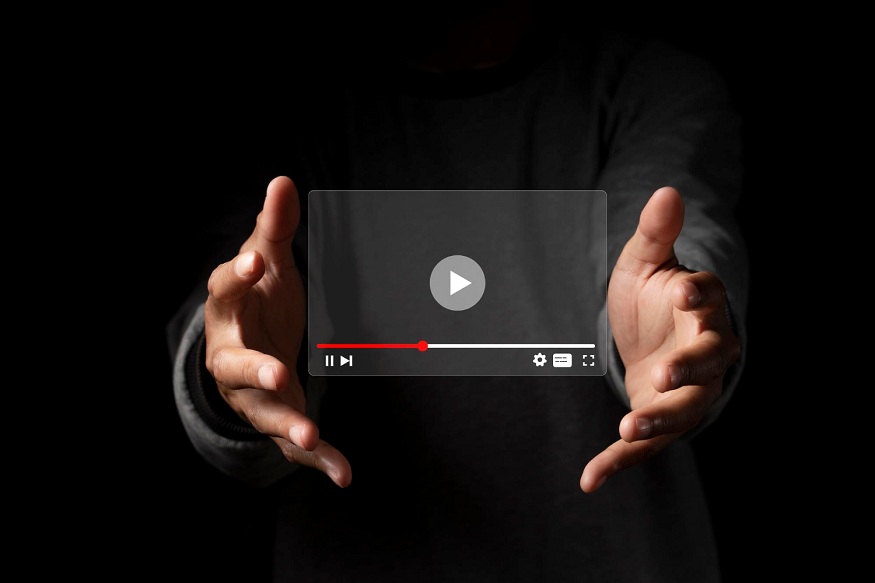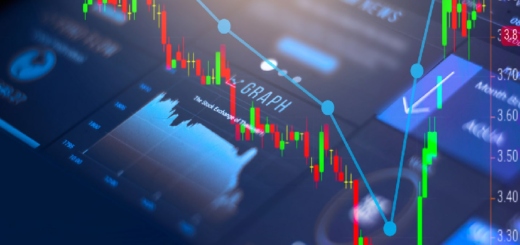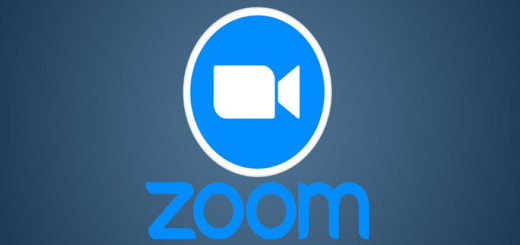Critical Reasons Why Video DRM Protection Matters

The digital revolution has altered the creation, distribution, and consumption process of the video material. Video has replaced all instruction manuals and even entertainment as the main form of telling stories and communicating. However, the digital revolution has some detrimental aspects as well, and they are theft of material and unauthorized access. Digital rights management or DRM is one of the security mechanisms used to protect invaluable video resources. The DRM technology makes sure that only the people that are supposed to view, access or interact with video contents can do so by setting up intrusion detection barriers around them. Understanding the significance of video drm protection helps enterprises, distributors and content producers to make sound decisions on protecting their digital property and protecting their video investments.
1.Safeguarding Against Content Piracy and Theft
Against content piracy, which costs the worldwide entertainment sector billions of dollars every year, video DRM protection is the main line of defense. Video footage may be readily downloaded, duplicated, and circulated through unapproved methods without adequate protection, which makes it difficult for the producer to make money off of their creations. It is very difficult for pirates to steal and redistribute content because to DRM technology’s various security levels, which include encryption, authentication, and access limitations. Screen recording, unlawful downloading, and unauthorized copying attempts are detected and stopped by these safeguards. Advanced DRM systems are even able to recognize and stop software and tools that are known to be pirated. Content producers may greatly lessen their risk of theft and have more control over how their work is viewed and distributed on digital platforms by putting strong video DRM security into place.
2. Preserving Premium Content Value and Exclusivity
To preserve the exclusivity and premium value of high-quality video material, DRM protection is necessary. Unauthorized copies swiftly overtake the market when content is not properly protected, devaluing the original and jeopardizing pricing schemes. Because protected video material retains its perceived worth and scarcity, producers and distributors are able to use exclusive releases, tiered price structures, and premium subscription services. For recently released movies, training materials, instructional programs, and specialist content that fetches higher rates, this exclusivity is especially crucial. DRM keeps free, unlicensed alternatives from directly competing with authorized offers while guaranteeing that paying consumers get real value for their money.
3. Enabling Flexible Business Models and Monetization
Video DRM protection provides the security framework that one needs in varying types of business structures, which presents numerous monetization options. With right safeguards, content producers can feel secure in using various rental length, pay-per-view options, subscription plans, and tiered access controls, without worrying that their revenue streams will be potentially destroyed by illegal transfer. DRM technology will enable complicated licensing agreements that will maintain the control of use terms and conditions, but will permit the dissemination of material through multiple channels. Creators may experiment with various price schemes, provide promotional times, and design unique packages for certain audience segments thanks to this freedom.
4.Meeting Industry Standards and Regulatory Requirements
Legal and regulatory compliance need video DRM as a lot of areas have strict, content protection, compliance measures. Educational institutions, commercial organisations, health institutions, governmental agencies and entertainment corporations often must comply with stern security regulations when handling sensitive or proprietary video tape recordings. DRM protection supports the enterprises in fulfilling these requirements by providing audit trails, access controls and the recording of security operations that demonstrate the presence of relevant rules and regulations. DRM’s extensive protection architecture is especially advantageous for industries that deal with sensitive training materials, copyrighted property, or private information. Additionally, the system complies with local laws and international agreements requiring content categorization and regional limits.
5. Protecting Brand Reputation and Professional Image
Unauthorized video material distribution may seriously harm a brand’s reputation and credibility in the workplace. Protected material damages the creator’s reputation and erodes consumer trust when it is displayed on unapproved platforms or in subpar formats. By maintaining uniform quality standards across all permitted distribution channels, DRM protection guarantees that video material only appears in settings that have been allowed. This authority over distribution and presentation aids in maintaining the polished image that artists have laboriously built. Additionally, protected content stops bad actors from altering or misrepresenting video footage, which might harm connections with stakeholders, partners, or consumers. Professional-grade protection measures are clearly obvious, letting audiences know that the author appreciates and upholds high standards for their work.
6. Controlling User Access and Viewing Experience
DRM protection provides content makers with the ability to exercise a fine-grained entitlement over user access and watching experiences so they can optimize audience attention to their video contents. This control includes device limits, limitation with offline access, simultaneous watching, and options of the playback quality depending on the membership or payment level. Creators may also place geographical restrictions on content, limits on access within a certain timeframe, and restrictions on user authentication to ensure that they allocate materials to intended audiences only when it meets pre-specified criteria. Also, DRM allows such specifications as watermarking individual user sessions, disabling screen snapshotting, and preventing the use of fast-forwarding or reverse play as required. These protections are there to curb abuse or unauthorized distribution and retain the experience of the intended audience. Advanced DRM systems can adjust access permissions based on the activity of users, payment condition or on the compliance with service terms.
7. Supporting Global Distribution and Market Expansion
Supporting foreign market development and global distribution plans need video DRM protection. When delivering video content internationally, it should be considered how many copyright regulations, licences, and material requirements differ in several places. DRM technology provides the framework needed to manage complex licensing models in multiple domains, to enforce region-specific access controls, and to local laws. This capacity is essential to content producers who wish to distribute their materials to a better audience without compromising on a number of legalities. Without sacrificing security or going against regional agreements, protected material may be safely shared via global platforms, local distributors, and international partners. Additionally, DRM allows language-based access controls, currency-specific pricing, and culturally relevant content filtering—all of which are necessary in some markets.
Conclusion
In today’s world of digital material, video DRM protection is an essential barrier. In addition to stopping piracy, The doverunner gives creators the confidence to grow internationally, support long-term commercial plans, and preserve brand integrity. By putting in place complete DRM protection, content producers safeguard their financial investments, manage user experiences, maintain compliance, and prepare their video assets for future success in a constantly changing digital market.



